Calming Psychedelic Highs: Techniques for Safe Cannabis Management
Explore the captivating world of psychedelic cannabis strains, known for their intense effects, uniq…….
Welcome to an immersive exploration of the captivating world of psychedelic cannabis strains, where science meets tradition and consciousness expands. This article aims to guide readers through the intricate landscape of these unique varieties, shedding light on their history, therapeutic potential, cultural impact, and future prospects. By delving into each aspect, we will uncover why psychedelic cannabis has become a game-changer in the medical and recreational realms, attracting global attention and fostering a vibrant community.
Psychedelic cannabis strains refer to a specific category of cannabis plants (Cannabis sativa) known for their heightened psychoactive effects, primarily attributed to the presence of tetrahydrocannabinol (THC) and cannabinoid compounds. These strains induce altered perceptions, enhanced creativity, and profound emotional experiences, often described as ‘psychedelic’ or ‘mind-altering’. The key components driving these effects include:
The use of psychedelic cannabis can be traced back thousands of years, with ancient cultures like the Chinese and Indian civilizations recognizing its medicinal properties. However, its modern-day reputation as a recreational drug has overshadowed its historical significance. In the 1960s, a resurgence in interest led to extensive research, bringing psychedelic substances into the forefront of psychological studies. This era saw the isolation of THC and the development of synthetic analogs, sparking both scientific curiosity and public fascination.
Over time, the cultivation and breeding of cannabis strains became an art, with growers selecting and enhancing varieties known for their potent effects. The 21st century has witnessed a global movement towards legalizing medicinal cannabis, which, in turn, has fueled the exploration and appreciation of psychedelic strains for their therapeutic benefits.
Psychedelic cannabis strains have left an indelible mark on various countries, shaping cultural narratives and medical practices. The United States, Canada, and several European nations have led the way in legalizing medicinal cannabis, with many states/provinces introducing specific regulations for psychedelic-focused treatments. Australia, New Zealand, and certain Latin American countries are also experiencing a surge in interest, driven by both recreational and therapeutic considerations.
| Region | Trend/Impact |
|---|---|
| North America | Leading the global cannabis market with robust legal frameworks, allowing for extensive research and diverse strain development. States like Colorado and California have become hubs for psychedelic tourism, attracting visitors seeking unique experiences. |
| Europe | Strict regulations in most countries, but growing acceptance of medicinal cannabis. The UK’s recent legalization of psilocybin-assisted therapy for depression marks a significant shift. Germany is another example, with a thriving medicinal cannabis industry. |
| Asia | China and Japan are showing interest in therapeutic cannabis, while India has a rich history of ayurvedic cannabis use. However, strict laws limit access and research. |
| Australia & New Zealand | Relatively progressive approach with legal medical cannabis. New Zealand’s recent legalization of psilocybin mushrooms for therapy opens new avenues. |
| Latin America | Emerging markets like Mexico and Argentina are seeing increased interest in medicinal cannabis, with some states legalizing psychedelic-assisted therapy. |
The global trend towards normalizing cannabis, particularly as a medicine, has been transformative. Psychedelic strains have contributed to breaking down stereotypes associated with the drug, fostering open dialogue about its therapeutic potential. This shift in perception has empowered individuals to explore alternative treatments for various conditions, from post-traumatic stress disorder (PTSD) to depression and anxiety.
The global cannabis market, including psychedelic strains, is experiencing exponential growth, projected to reach USD 73.6 billion by 2027, according to a report by Grand View Research. This surge is driven by changing legal landscapes, increasing health-conscious consumer preferences, and the recognition of cannabis as a valuable therapeutic agent.
Investment in the cannabis industry has been substantial, with venture capital firms and private equity investors flocking to back innovative startups focused on strain development, cultivation, and delivery systems. The economic potential of psychedelic strains is evident in the growing number of companies specializing in their production and research.
The legal status of psychedelic cannabis varies widely globally, presenting both opportunities and challenges for businesses and consumers:
One of the most promising aspects of psychedelic cannabis is its potential to revolutionize mental health treatment. Numerous studies have explored the effectiveness of psychedelics in managing depression, anxiety, PTSD, and substance use disorders. For example:
Beyond mental health, psychedelic compounds are being explored for their potential to address physical ailments:
Psychedelic cannabis has long been a muse for artists, musicians, and writers. The unique sensory experiences induced by these strains have inspired countless creative works, from abstract paintings to experimental music and surreal literature. This influence is evident in various forms of modern art, often characterized by vibrant colors, intricate patterns, and a departure from conventional aesthetics.
In ancient times, cannabis was revered in spiritual practices and religious rituals across cultures. Today, some individuals incorporate psychedelic strains into their spiritual journeys, seeking altered states for meditation, divination, or personal growth. This aspect adds another layer to the cultural significance of these plants.
As the cannabis industry grows, ensuring product safety and quality becomes paramount. Psychedelic strains, in particular, require meticulous cultivation practices to maintain consistent potencies and minimize potential risks, such as adverse reactions or contamination. Regular testing and transparent labeling are essential for consumer protection.
The accessibility of psychedelic treatments varies globally, often influenced by socioeconomic factors and legal restrictions. Addressing these disparities is crucial to ensuring that all individuals, regardless of their background, can benefit from these therapeutic substances.
While psychedelic cannabis holds immense potential, ethical considerations are essential. Responsible use requires informed consent, adequate counseling, and monitoring to mitigate risks. Misuse or abuse of these substances may lead to adverse psychological effects, underscoring the need for regulated access and education.
The future of psychedelic cannabis lies in ongoing scientific research. As legal barriers continue to fall, researchers can explore these compounds more freely, leading to potential breakthroughs in medicine. Advances in synthetic biology and targeted delivery systems may enhance therapeutic efficacy while minimizing side effects.
Integrating psychedelic-assisted therapies into mainstream healthcare could transform mental health treatment. This approach involves combining traditional psychotherapy with carefully monitored psychedelic experiences, offering patients unique tools for self-discovery and healing.
Building global collaborations between researchers, medical professionals, and policymakers is crucial to sharing knowledge and best practices. International conferences and educational programs can foster a deeper understanding of psychedelic cannabis, leading to more effective regulations and access worldwide.
Psychedelic cannabis strains have embarked on a remarkable journey from ancient remedies to modern therapeutic agents. Their impact has been felt across cultures, economies, and creative fields. As we continue to unravel their mysteries, it is evident that these plants hold immense potential for improving lives and expanding our understanding of consciousness. The future of psychedelic cannabis promises both continued exploration and responsible integration into healthcare systems worldwide.
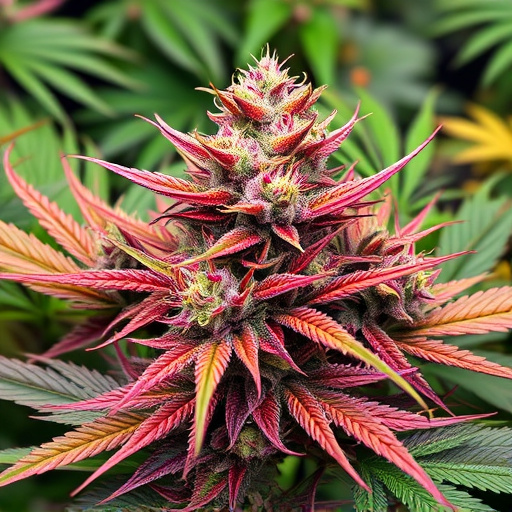
Explore the captivating world of psychedelic cannabis strains, known for their intense effects, uniq…….
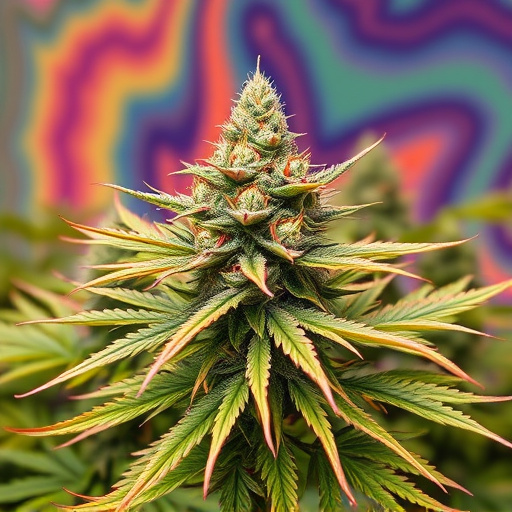
Individuals are increasingly turning to psychedelic cannabis strains as a natural sleep aid, valuing…….

Terpenes, aromatic compounds in psychedelic cannabis strains, are key to their unique scents, flavor…….
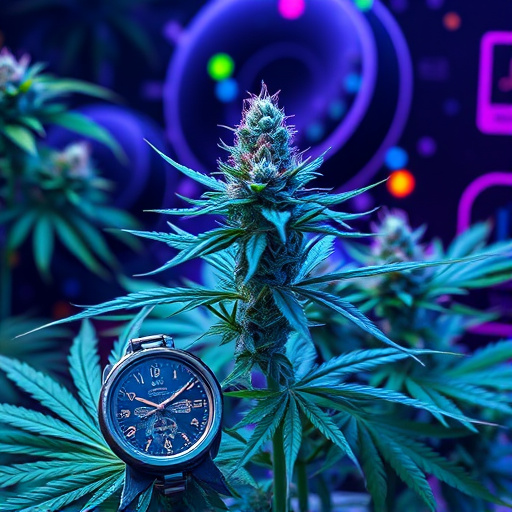
Insomnia sufferers may find relief through cannabis, particularly high CBD, low THC and psychedelic…….
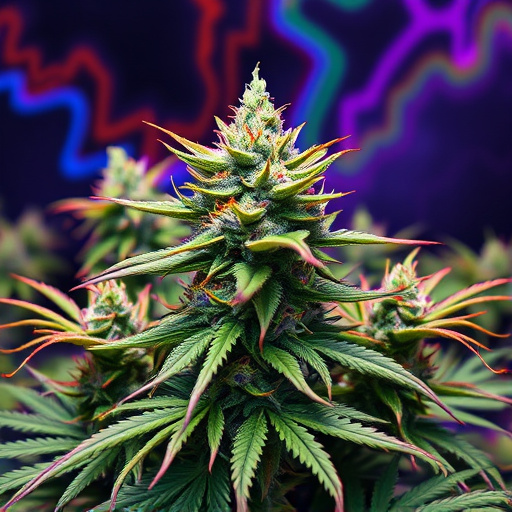
Unleash your creativity with top-rated psychedelic cannabis strains, renowned for their invigorating…….
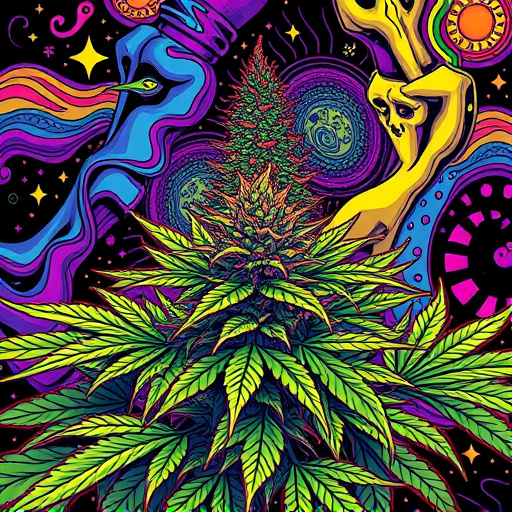
The detection time of cannabinoids in psychedelic cannabis strains varies greatly based on individua…….
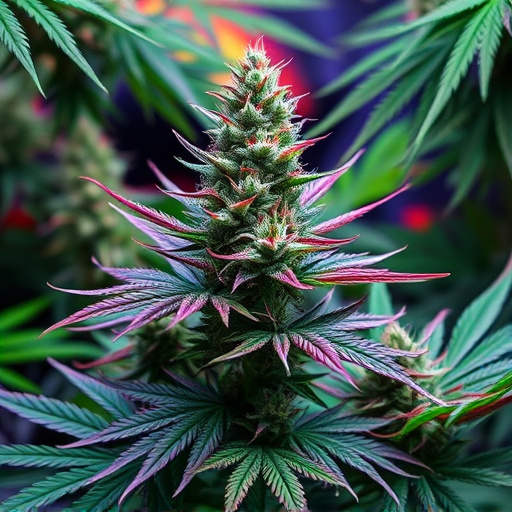
Psychedelic cannabis strains, rich in THC and balanced cannabinoids like CBC and CBD, induce intense…….
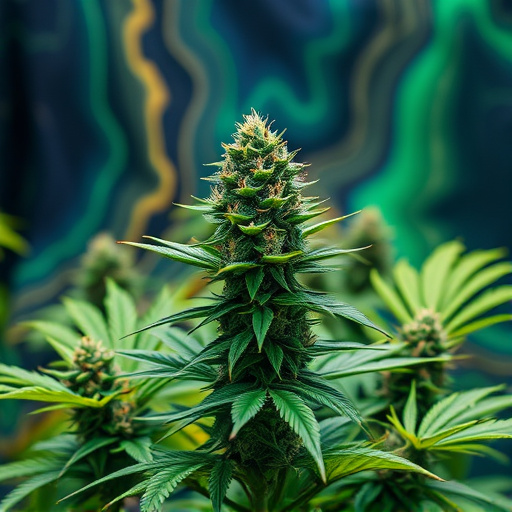
The increasing popularity of psychedelic cannabis strains, characterized by high THC and CBG/CBD lev…….
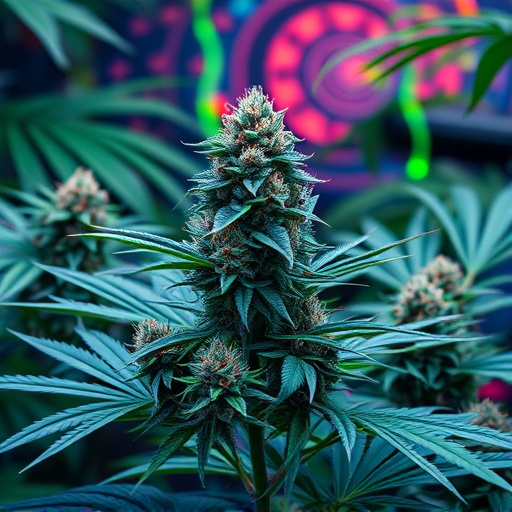
Psychedelics within cannabis strains offer diverse experiences driven by THC and CBG levels in varie…….
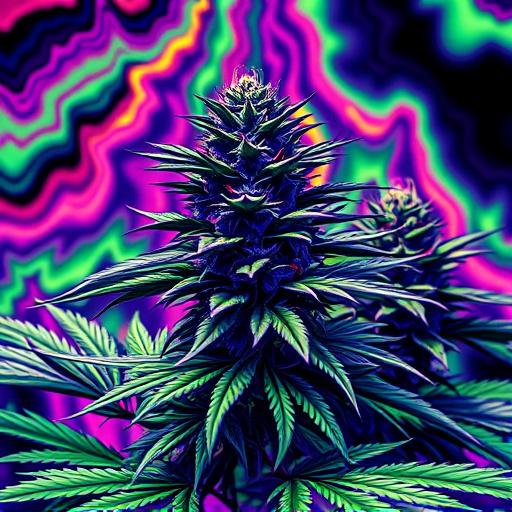
Psychedelics are experiencing a modern resurgence with growing interest in psychedelic cannabis stra…….